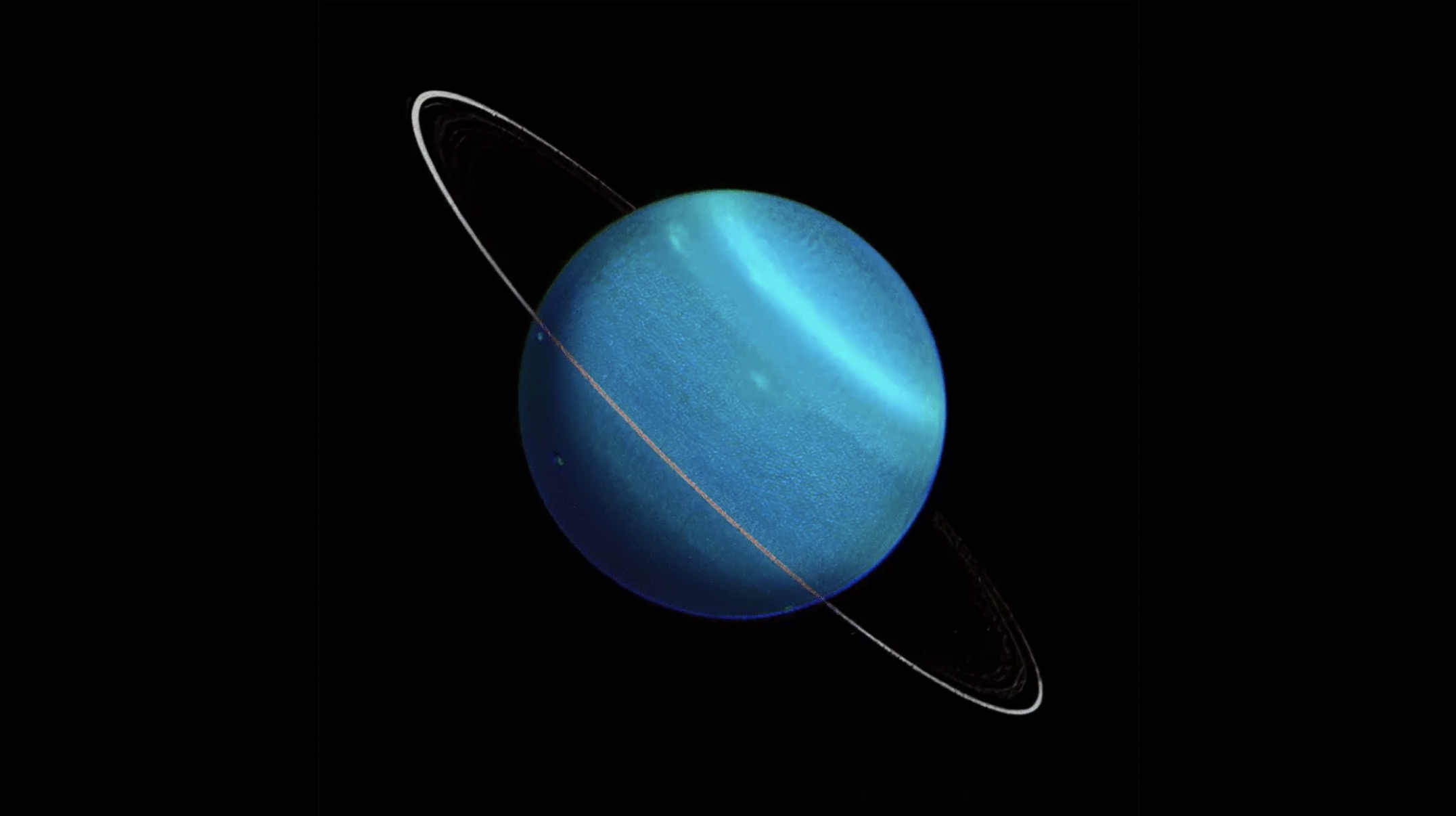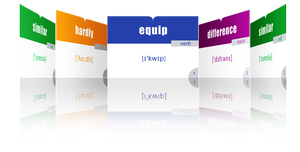SCIENCE-URANUS
- Подробности
- 411
Uranus is the seventh planet from the Sun, an ice giant colored blue-green by methane. It is tilted on its side (about 98°). One day is about 17 hours, one year is about 84 years. It has faint rings and many moons.
URANUS

Uranus is the seventh planet from the Sun. It was discovered by William Herschel in 1781. Uranus is an ice giant—a very cold world with a lot of water, ammonia, and methane ices mixed with hydrogen and helium.
Uranus is about 19.2 AU from the Sun (about 2.87 billion km). It needs about 84 Earth years to go around the Sun once. Its mean radius is about 25,362 km, and its mass is about 14.5 Earths. The planet is tilted by about 98°, so it “rolls” on its side and each pole has seasons that last for decades. It spins backward (retrograde) in about 17 h 14 m.
The pale cyan color comes from methane in the air, which absorbs red light. The temperature at the tops of the clouds is about 49 K (about −224 °C). The atmosphere is mostly hydrogen and helium with a few percent methane. Sometimes thin hazes and soft bands appear, and the winds can be very fast.
Uranus has dark, narrow rings (found in 1977) and a unusual magnetic field that is strongly tilted (about 59°) and off-center. The planet has 27 known moons. The five biggest are Miranda, Ariel, Umbriel, Titania, and Oberon. They are icy and each one looks different.
Only Voyager 2 has visited Uranus (in 1986). It showed us the rings, the moons, and the tilted magnetosphere up close. Future mission plans (for an orbiter and probe) aim to study Uranus’s air, inside, rings, and moons in much more detail.
LISTEN TO THE TEXT





 Как правильно изучать английский язык по карточкам (статьи)
Как правильно изучать английский язык по карточкам (статьи)